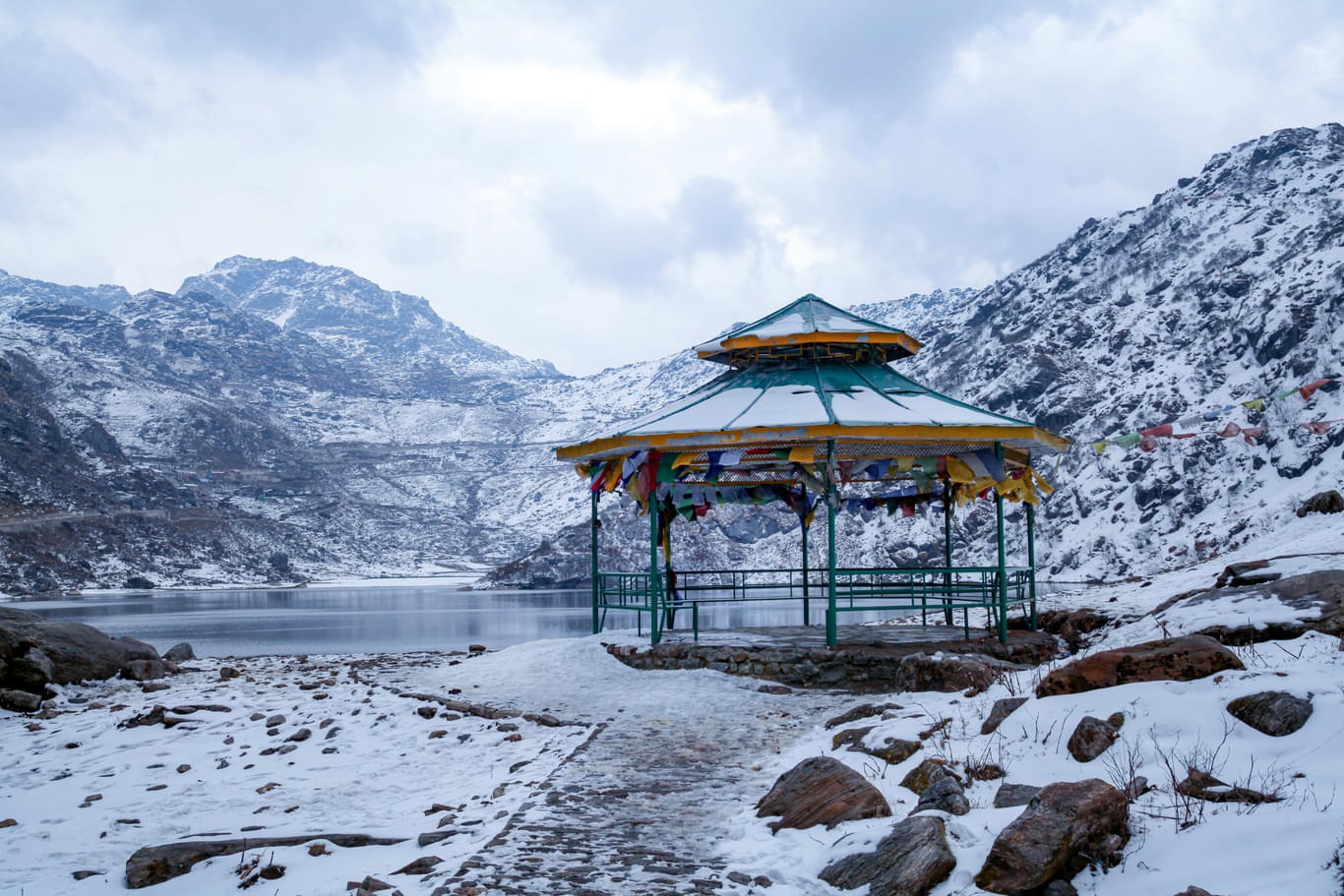The North East region of India, often referred to as the “Seven Sisters” (Arunachal Pradesh, Assam, Manipur, Meghalaya, Mizoram, Nagaland, and Tripura) along with the state of Sikkim, is a hidden gem for travelers. It offers untouched landscapes, a rich cultural heritage, and a diverse ecosystem that attracts tourists from all over the world. However, the pristine beauty of this region also demands a careful approach to tourism, ensuring that development does not come at the cost of environmental degradation and cultural erosion. Sustainable tourism is emerging as a key focus for governments, local communities, and tourists alike in North East India, with efforts to preserve the natural beauty, biodiversity, and cultural practices while promoting eco-friendly and responsible travel.
Table of Contents
ToggleThe Essence of Sustainable Tourism
Sustainable tourism refers to tourism that meets the needs of present tourists and host regions while protecting and enhancing opportunities for the future. In North East India, this approach emphasizes minimizing the negative impacts of tourism on the environment, ensuring that local communities benefit economically and socially, and preserving the unique cultural heritage of the region.
Gangtok: A Model for Sustainable Tourism
Gangtok, the capital of Sikkim, serves as a shining example of how tourism can thrive sustainably. A favorite destination for travelers, the town is known for its stunning landscapes, monasteries, and a climate conducive to tourism all year round. Gangtok tour packages, which offer a blend of scenic beauty, adventure, and cultural experiences, are popular among both domestic and international tourists. Despite the influx of visitors, Gangtok has managed to maintain a balance between tourism and sustainability through various measures.
The government of Sikkim has been proactive in implementing eco-friendly initiatives, such as banning plastic bags and promoting organic farming. The state’s commitment to becoming India’s first fully organic state is a significant step toward sustainable living. Tour operators that offer Gangtok tour packages have increasingly incorporated eco-friendly practices, such as promoting homestays over hotels and encouraging tourists to follow responsible travel guidelines like waste segregation and minimal water usage. These efforts ensure that the tourism industry contributes to the local economy without harming the fragile ecosystem of Sikkim.
Green Initiatives in Gangtok
Another significant aspect of sustainable tourism in Gangtok is the introduction of clean energy and waste management systems. Solar energy is being used in many public and private facilities, reducing reliance on fossil fuels. Additionally, water management practices have been improved to reduce wastage, and tourists are encouraged to participate in conservation efforts during their Gangtok tour. The state government has also initiated campaigns to reduce the carbon footprint of travel, encouraging tourists to use shared transportation options or electric vehicles, which are gradually being introduced in the region.
Furthermore, community involvement plays a vital role in Gangtok’s sustainable tourism model. Local communities are actively engaged in conservation activities, such as maintaining trekking routes and managing natural resources, which ensures that tourism growth does not negatively impact the local environment. Initiatives like these create a positive synergy between tourists and locals, fostering mutual respect for nature and cultural traditions.
Community-Based Tourism in Arunachal Pradesh
Moving beyond Gangtok, other North Eastern states are also making strides in sustainable tourism. Arunachal Pradesh, known for its untouched wilderness and diverse tribal cultures, has adopted community-based tourism (CBT) as a key initiative. CBT promotes direct involvement of local communities in tourism, ensuring that they benefit economically and socially. This model reduces the pressure on natural resources while providing tourists with authentic cultural experiences. Villagers host travelers in their homes, offer guided tours through forests, and introduce visitors to their traditional way of life.
The government of Arunachal Pradesh supports such initiatives by providing training and resources to the local population, ensuring that they can offer quality services while preserving their cultural heritage. This approach not only benefits the local economy but also discourages mass tourism, which can lead to environmental degradation.
Wildlife Conservation in Assam
Assam, famous for its tea gardens and wildlife sanctuaries, is another state that has embraced sustainable tourism practices. Kaziranga National Park, a UNESCO World Heritage Site and home to the endangered one-horned rhinoceros, is a prime example of how wildlife conservation and tourism can coexist. The park authorities have implemented strict guidelines to ensure that the impact of tourism on the park’s biodiversity is minimal. These guidelines include limiting the number of visitors, controlling the use of vehicles, and educating tourists about the importance of wildlife conservation.
Eco-friendly accommodations and tours are becoming more common around Kaziranga, offering tourists an opportunity to experience nature without contributing to its depletion. Moreover, local communities are involved in the park’s conservation efforts, providing them with livelihoods through eco-tourism while reducing the need for activities like poaching or deforestation, which threaten wildlife.
Meghalaya’s Eco-Tourism Drive
Meghalaya, aptly named the “Abode of Clouds,” is famous for its living root bridges, dense forests, and waterfalls. The state has been promoting eco-tourism as a way to preserve its natural beauty while boosting its economy. Initiatives like tree plantation drives, sustainable farming, and waste management systems have been put in place to ensure that tourism does not harm the environment.
Cherrapunji, one of the wettest places on earth and a popular tourist destination, has witnessed the growth of eco-friendly homestays and guided tours. Local communities are involved in these ventures, ensuring that they benefit directly from tourism. The state government has also launched campaigns to raise awareness among tourists about responsible travel practices, such as carrying reusable water bottles, avoiding littering, and respecting local customs and traditions.
Challenges and the Way Forward
Despite the progress, there are several challenges to promoting sustainable tourism in North East India. The region’s remoteness, lack of infrastructure, and political instability in some areas pose significant hurdles to developing eco-friendly tourism. Additionally, the growing popularity of the region as a tourist destination can lead to overcrowding, which threatens the fragile ecosystems of the region.
To address these challenges, there is a need for a comprehensive tourism policy that emphasizes sustainability across the entire North East. This includes investments in eco-friendly infrastructure, such as waste management systems and clean energy sources, as well as strict regulations on the number of tourists allowed in certain sensitive areas. Educating both tourists and locals about the importance of preserving the environment is equally crucial. Tourists must be encouraged to follow responsible travel practices, while locals should be trained in offering sustainable tourism services.
Conclusion
Sustainable tourism in North East India is not just a trend; it is a necessity. The region’s natural beauty, biodiversity, and cultural heritage are irreplaceable, and tourism must be developed in a way that preserves these assets for future generations. Gangtok’s eco-friendly tourism model, Arunachal Pradesh’s community-based initiatives, Assam’s wildlife conservation efforts, and Meghalaya’s eco-tourism drives are examples of how sustainable tourism can succeed in this region. By continuing to implement and support green initiatives, North East India can become a global leader in eco-friendly tourism while ensuring that its unique landscapes and cultures remain intact.




